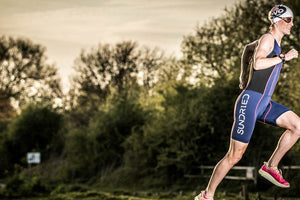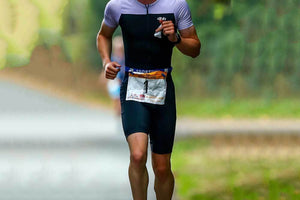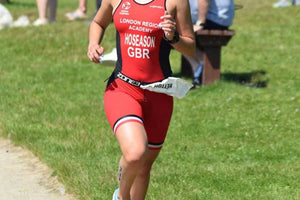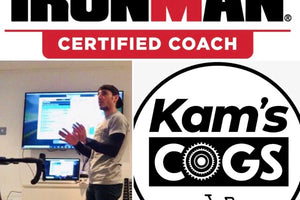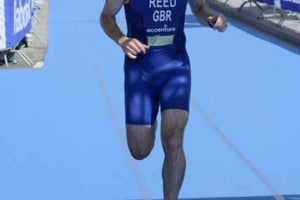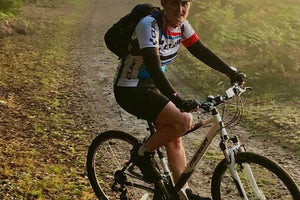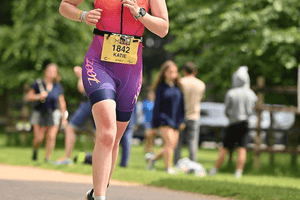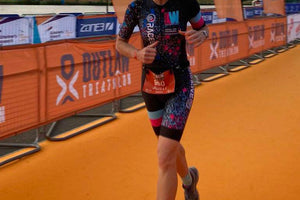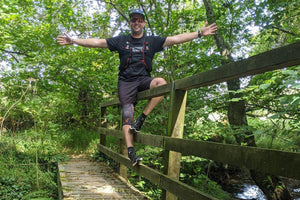
"Replace Open Water Anxiety with a Cocoon of Calm" Terry Laughlin
It is hard to practice open water swimming and most of us could do with more training. When it comes to swimming in a pack, for many of us it will be the first time this year, maybe something you do a few times a year, or perhaps your first time ever.
When it comes to the first few minutes of being in the water, breathing slowly and calmly is the most important thing you can do. Try to remember that unless you are planning on winning, there is no need to panic. You can swim, you do swim, and you have swum hundreds of times before. The chances are your buoyancy is better than ever in a wetsuit.
If you start to panic then reach for the reset button. 10 seconds, 30 seconds. A minute out just to recover will make a massive difference. Probably not to your overall time, but definitely to the way you feel. Add in a few slow breaststrokes and bring your heart-rate down.
What does it feel like to be outside the cocoon?
So many triathletes have experienced (many times more than once) the uncomfortable feeling of being in the water questioning if they can swim. Your breathing feels all wrong. Other swimmers are too close. Everything can go wrong. Even experienced athletes will have a bad swim now and then.
In a triathlon, if you are going to be weak at one of the events but still do well overall, then the swim is the most likely to be the weak event. But being a weak swimmer and being a swimmer outside their cocoon (or in distress) are different things. You can have a really enjoyable swim if you manage to settle down appropriately. If you have trained with a wetronome then it doesn't hurt to use it in the event, but you have to actually listen to what it is telling you. The urge to swim faster on race day than your normal training pace is completely normal, but being out of breath is not the best thing when your face is plunged into the open water for the first time that year.
Things To Avoid In An Open Water Swim
- Swimming at a much faster pace than you can maintain
- Kicking twice as hard as you have planned
- Changing your swim cadence from 60 strokes per minute to 120
- Putting yourself right in the centre of the pack thinking it may save a bit of time
Counter all of these points, calm things down, and try and stick with the race plan. The best thing you can do in your first open water swim is to swim the same way you have been in training and try to stay as relaxed as possible. It may not be your best time ever, but it is better to leave that for another day when you're feeling more confident or you are more experienced.



